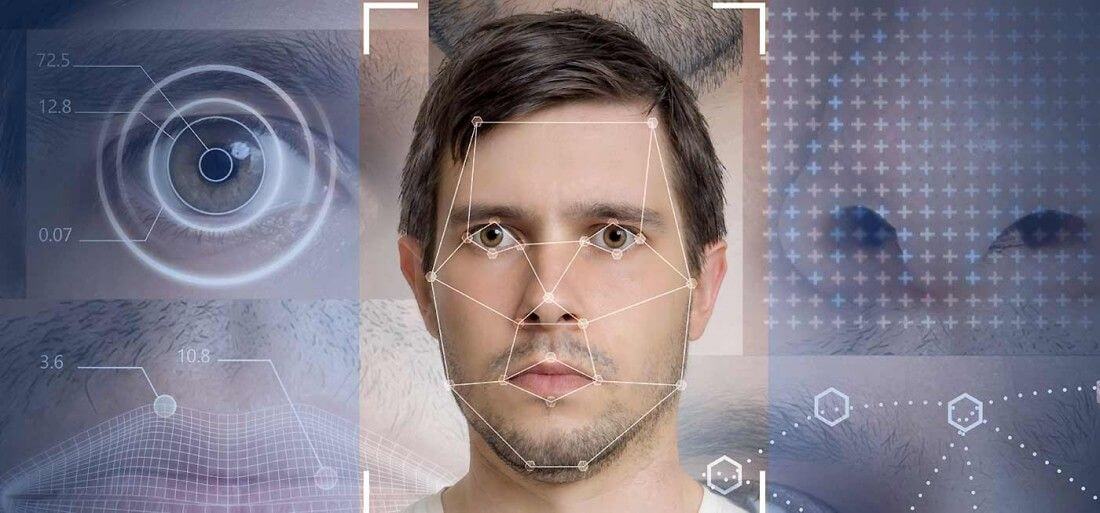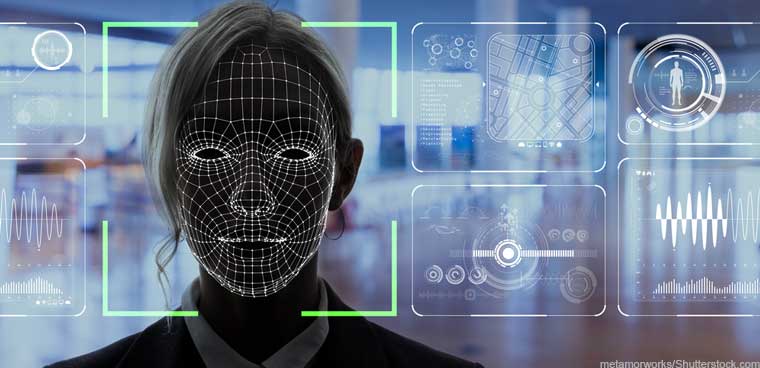Facial Recognition is a technology that verifies who a person is or identifies someone in an image or video. Typically, some sort of database is used and matched with an image to verify identify. For example, if you’re using facial recognition to unlock your mobile phone or office door you have to scan you eye, face or other physical features so that those features are stored in your phone or office security system database. Once your scan your face or eye the system will review the database to see if it matches the credentials on file. The physical features once scanned are known as biometrics. Although the accuracy of facial recognition yields a lower ratio then other biometric technology like a fingerprint or eye scan it is widely excepted because it doesn’t involve any physical contact like that of a fingerprint to initiate the scanning process.
How Does Facial Recognition Work To Give DNA Paternity Results?

How Does Facial Recognition Tie In With DNA Paternity Testing?

Over the last few years facial recognition systems have merged with DNA Face Match systems offering a very user-friendly scanning algorithm to suggest predicted paternity and relationship results. For decades science has confirmed hereditary characteristics that pass from generation to generation. Some of these included dimples, freckles, widow peaks, cleft chins, skin complexions, hair textures, teeth shape, eye color, height and so many other physical traits. Combining this knowledge with thorough biometric facial studies offers extremely reliable results regarding DNA paternity testing, ancestry testing and facial relationship testing.
FACE DNA TESTING METHODOLOGY:
Possibility of relationship is determined by calculating the Total Possible Match Locations with the Actually Match Locations found by comparing both pictures and any hereditary characteristic information submitted. The objective in proving relationship is to rank as high as possible with each section of the Total Possible Match Locations. The lower the Actual Match Location the less likely the two individuals are related. These numbers are tabulated into a graph format. After calculating the findings, if the Total Match Percentage is under 50% this would suggest that the two parties analyzed would NOT share relationship. If the number is over 50%, it would strongly suggest relationship. In either case a recommendation to follow up with an actual DNA paternity test may be suggested.
Layman Terms: If your results are over 50% that would suggest that the two people are related. The closer you get a 100% match, the more likely the two people are related.


